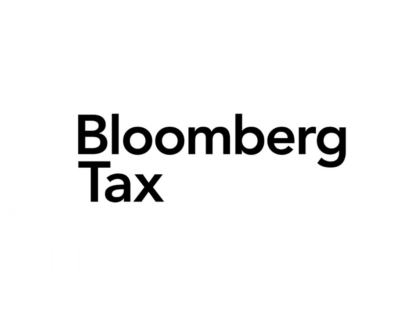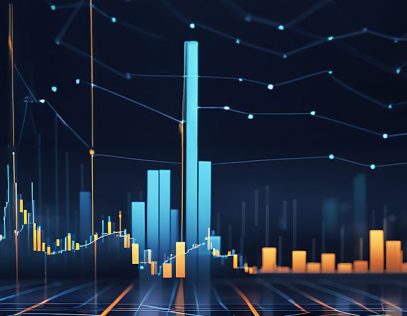Companies involved in portfolio management, such as banks and investment firms, use analytical tools like the Value at Risk (VAR) calculations to evaluate the amount of risk in their portfolio. In this environment, an event not anticipated by the VAR formula is a black swan, something beyond the general thought of events that could upset the investment plan.
Generally, VAR is computed with one of three models: the historical method, the variance-covariance method, or the Monte Carlo method. All look at the three basic parameters: time frame, confidence, and potential loss. Each method is predicated on obtaining reliable historical information and reasonable expected activity. The Monte Carlo is the most forward-looking of the three methods, and it benefits from the computational power available today to run hundreds or thousands of possible iterations quickly.
Could this approach be utilized to evaluate transfer pricing under current tariff uncertainty? In a more stable environment, the idea of creating a VAR for transfer pricing would be a stretch, as most companies and transactions are well within a normal range of predictability.
And here lies the rub.
The current environment with its constant variation, the simulation would need, within each iteration, to have multiple diametrically opposed occurrences with varying levels of correction at each measuring point within each run. Trying to assess the value of each iteration to gage the overall best scenario would become impossible due to both the number of changes within a single iteration and how one would aggregate them to form a consensus of the likely outcome.
While this may provide a suitable thought exercise, even the folks at the sports book may not want to take this bet. The amount of vacillation argues against any reasonable calculation being possible.
Prudence dictates that companies need to review their positions regarding sourcing and timing of activity and be vigilant in their activities. The tax and procurement departments need to coordinate regularly to both review and mitigate unnecessary tariff consequences.










